Gerome Fassio (1789–1851)
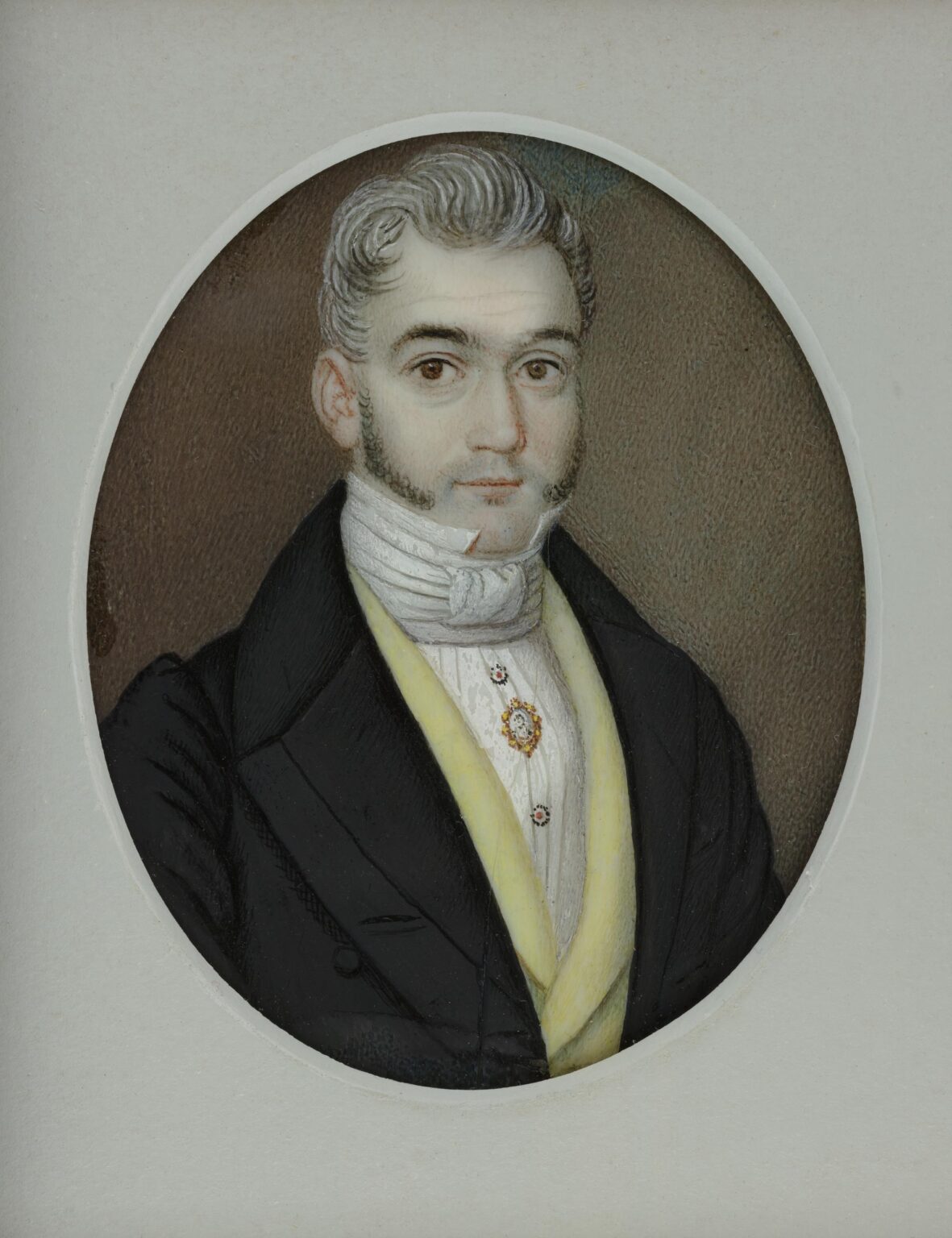
Gerome Fassio, Giovanni Domenico Balzaretti, c.1835–40
Watercolour on ivory, 6.9 x 5.6 cm
Musée national des beaux-arts du Québec, Quebec City
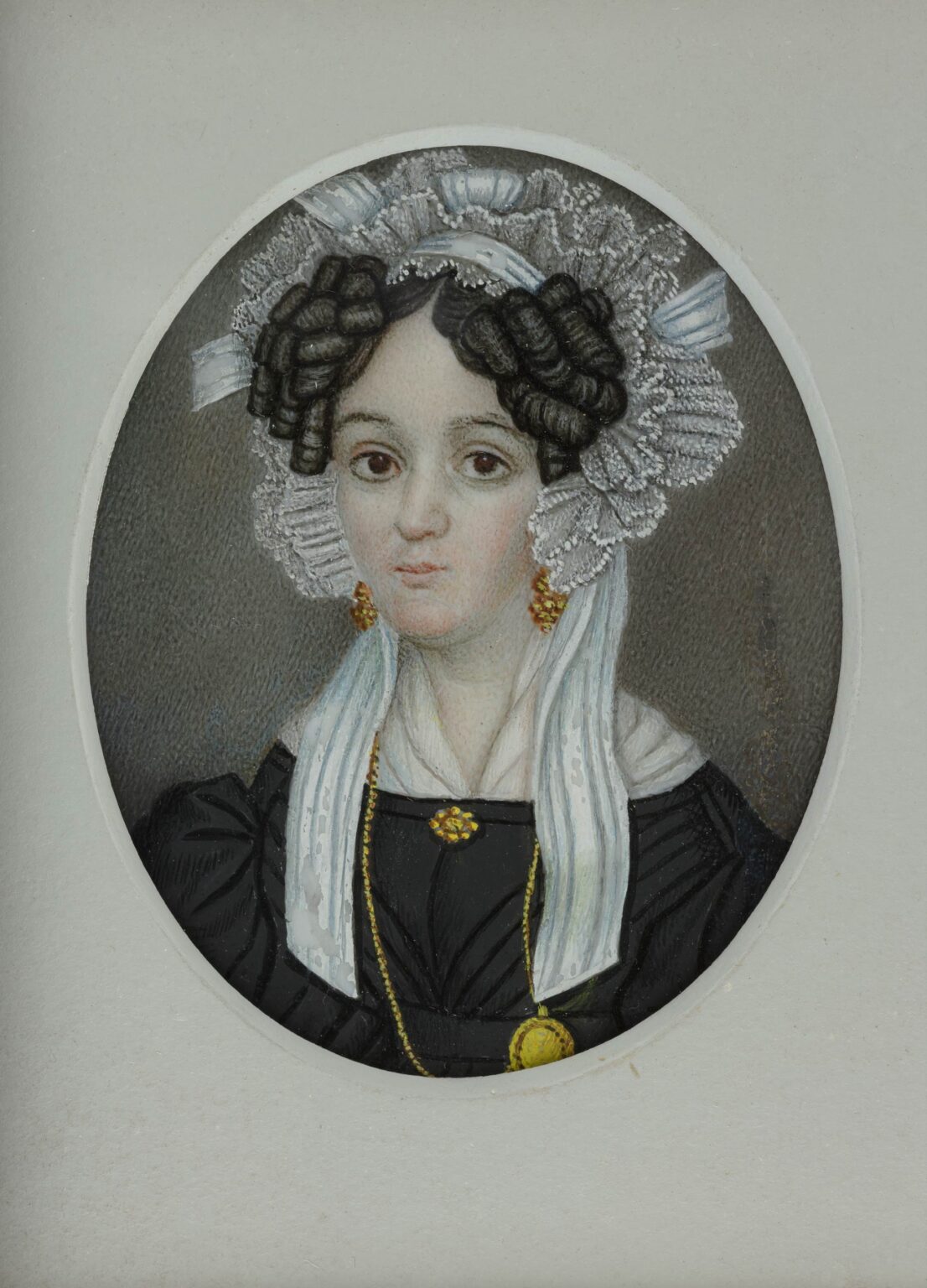
Gerome Fassio, Madame Giovanni Domenico Balzaretti, née Madeleine Romain (Mrs. Giovanni Domenico Balzaretti, née Madeleine Romain), c.1835–40
Watercolour on ivory, 6.5 x 5.5 cm
Musée national des beaux-arts du Québec, Quebec City
The Italian Gerome Fassio settled in Quebec City in 1835 after a brief stay in Montreal. A portrait miniaturist, Fassio chose Quebec City over Montreal because, as the capital of Lower Canada, it had a more distinguished clientele. There was also less professional competition in the art of miniature painting. Although Fassio was prolific, only a small portion of his work has survived. The head-and-shoulders portraits of the Italian art dealer Giovanni Domenico Balzaretti and his wife, who hosted the artist shortly after his arrival in Quebec City, were created between 1835 and 1840 and are among the most remarkable examples of Fassio’s talent.
The art of miniature painting may seem incongruous today, but it was highly prized in the era before photography, when hundreds of itinerant artists travelled to North American cities to meet the demand for these precious tiny objects. “The miniature has undeniable advantages,” noted Le Journal de Québec on November 6, 1845: “When one has a relative or a friend far away, doesn’t one feel the need to send them a likeness—their spouse’s, their child’s, or their own—especially when the price is within everyone’s reach?”
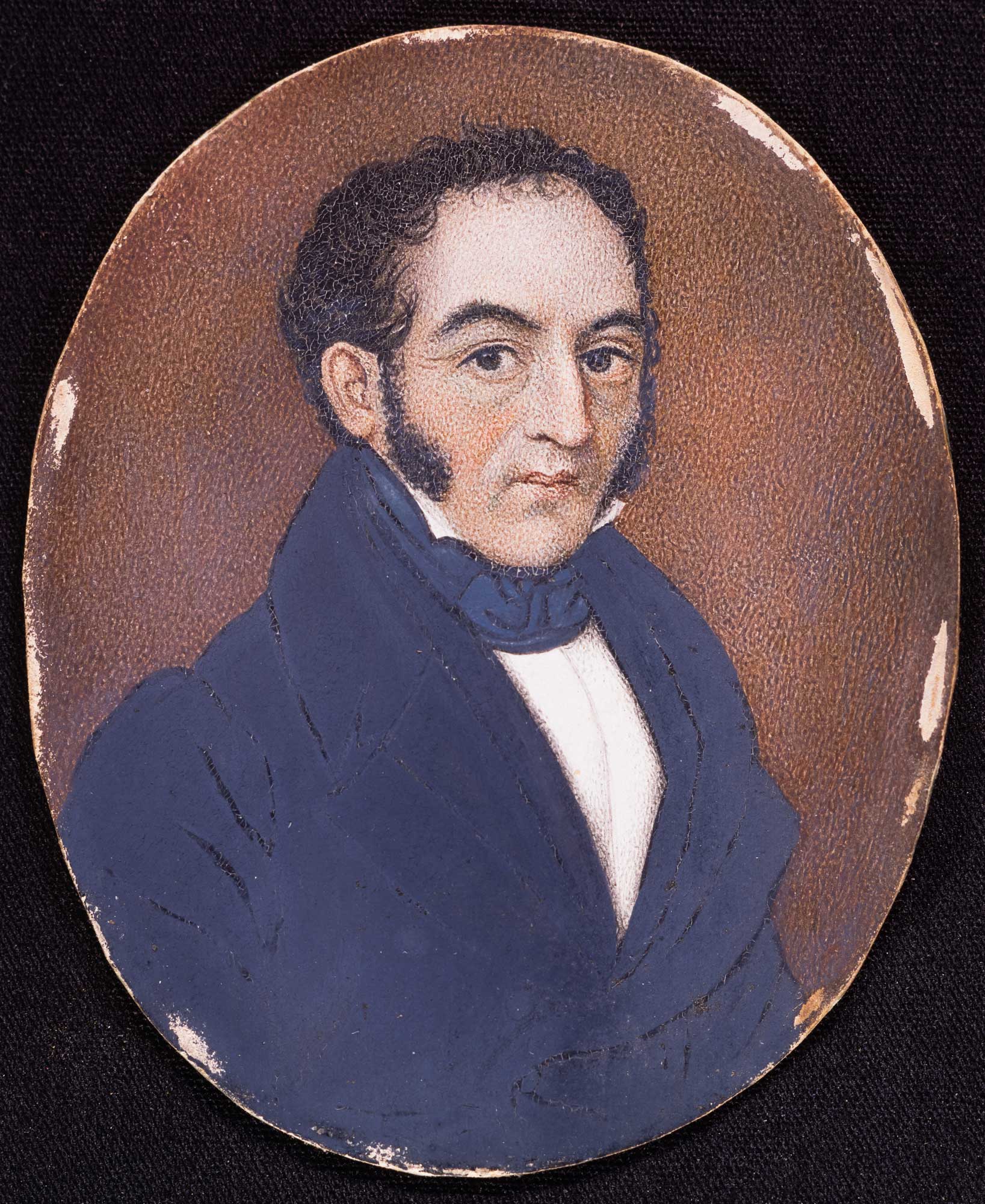
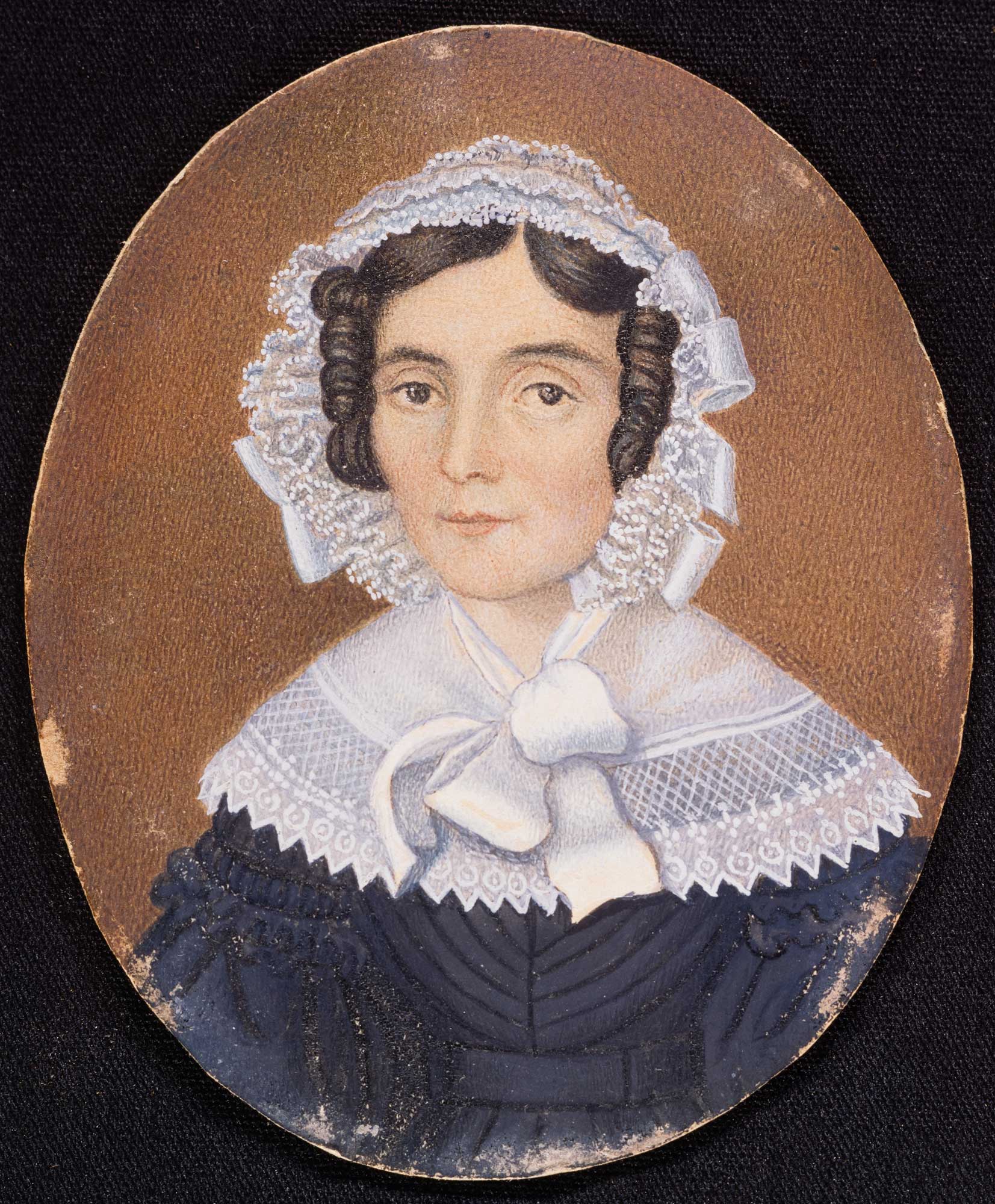
Fassio mastered the art of creating delicate portraits using a very fine and flexible stippling brush to apply an infinitesimal array of coloured dots. A magnifying glass is required to fully appreciate this extraordinarily skillful and meticulous work. The texture is particularly visible in the subtly toned backgrounds. The portraits were painted on paper, cardboard, or ivory, using watercolour, gouache, or oil, with the promise of delivering a perfect likeness to the client.
The virtuosity of the miniaturist is evident in both the overall composition and the details of faces, hairstyles, and clothing, as seen in Mrs. Balzaretti’s lace headdress and the elegantly tied collar of her husband’s shirt. The shirt is itself adorned with a miniature set in a brooch—at the time, portrait miniatures were often worn as jewellery, in brooches or pendants. More commonly, they were framed and hung on walls or placed on tables.
Because of his talent and versatility, Fassio—who also taught drawing at the Séminaire de Québec from 1839 to 1840 and offered private lessons in painting and drawing—was able to make a living from his art and build a career catering to a large clientele. But the opening of the first daguerreotype studio in Quebec City in 1850 changed everything. The miniaturist could not withstand the overwhelming competition from photography, and soon, portrait miniatures had become obsolete. It was in this context that Fassio passed away on January 1, 1851, in Bytown (now Ottawa), where he had only recently settled.

 About the Author
About the Author
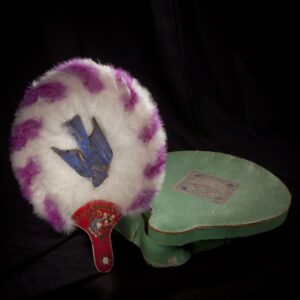 More Online Art Books
More Online Art Books
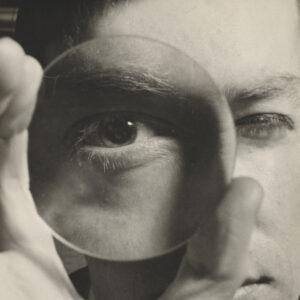 Acknowledgements
Acknowledgements